I started a discussion with a young lady who does not earn much money to live on. She said she cannot afford to eat well and she has an autoimmune disorder. When I was in several Paleo groups, there were many young people with similar health concerns and they were finding relief with the Paleo diet, but they also complained that it was not affordable.
Let's see.
I seldom buy drinks, not coffee, not water, not pop or juice, nada. I often bring a drink from home or if I do purchase coconut water, I will port a can of that with me on a road trip. I take along a mason jar of lemon water in the summer, brew coffee at home all year long and never buy sweet drinks at all. The average cost of a drink is around $3 with some being less expensive and some more. If you buy 2 drinks a day, let's say you spend $5 per day (per person) and that is $150 a month minimal. If there are two of you, that can easily be doubled. Buying beverages is the biggest waste of money going, especially bottled water, which has been shown over and over again to be no better than tap water and sometimes worse, plus the numbers, hoards of bottles, is killing our world. Save the money. Bring something from home.
The second great expenditure is food you buy as convenience food when you are out. Hamburgers and fries, the occasional bag of chips, chocolate bars and such - these items are triple priced in convenience stores and fast food joints. Do not spend money there. It is empty nutrition full of terrible things anyhow. It is pretty easy to spend upwards of $200 a month of these junk items without paying much attention to it.
Try not to buy drinks or convenience or fast food for a month and instead put the money in a jar. See how much you have at the month's end.
The largest spending on food that you could make at home is bakery products. Bread, buns, crackers, cookies and such, are all cheap to bake at home, even using organic ingredients. Kellogg's shut down the Canadian plant so Frosted Flakes are imported now. The cost today at Walmart of a 1.06 kilogram box of this cereal is $7.98 or $2.30 per pound. Bread is terribly expensive too averaging $4 per loaf of decent bread, if you want to call it that, because it has a lot of chemicals in it too. A loaf is often 1 pound, so that is $4 per pound. You can buy 10 pounds of organic flour for 40 cents a pound. All it takes to make bread is flour, salt, yeast and water, so it costs maybe 42 cents a pound to make your own bread. It costs 40 cents a pound to buy organic whole grains, which can be sprouted if you do not have a grinder and made into bread just like that, if you have to have bread. Forget the sugary cereal altogether.
Anything that comes out of a package with more than a couple of ingredients has been processed and that equates to being expensive. Anything that you do not have to prepare, like precut carrots, are very expensive too.
So, to eat well on less, there are only a few tricks. Buy whole raw food, including raw whole organic grains if you want to use them. Culture whole milk (goat is better than cow, because it is less regulated and not homogenized) into kefir or yogurt on your own. Eat less meat but when you do choose bone in cheap cuts and slow cook them for 12 hours or so and make soup, stew and gravy to extend the meat. Avoid rice, pasta and premade starches and go back to eating potatoes.
Our town permits people who do not live where they can grow gardens to use some land just out of town for that purpose. There are also ways to garden in pots on patios and balconies. There were many ads on Facebook at the end of the gardening season giving away free produce. A small freezer would be handy to freeze some produce, but learning to can is also a good way to save free food for the winter.
I lived on welfare and raised three children. We grew a garden, and I preserved, pickled and canned food. I got free food from places that had an abundance and picked food for free too. Everything we ate was made from scratch and nothing came out of packages. We ate well. You can too. You just need to learn how to do so.
Will you?

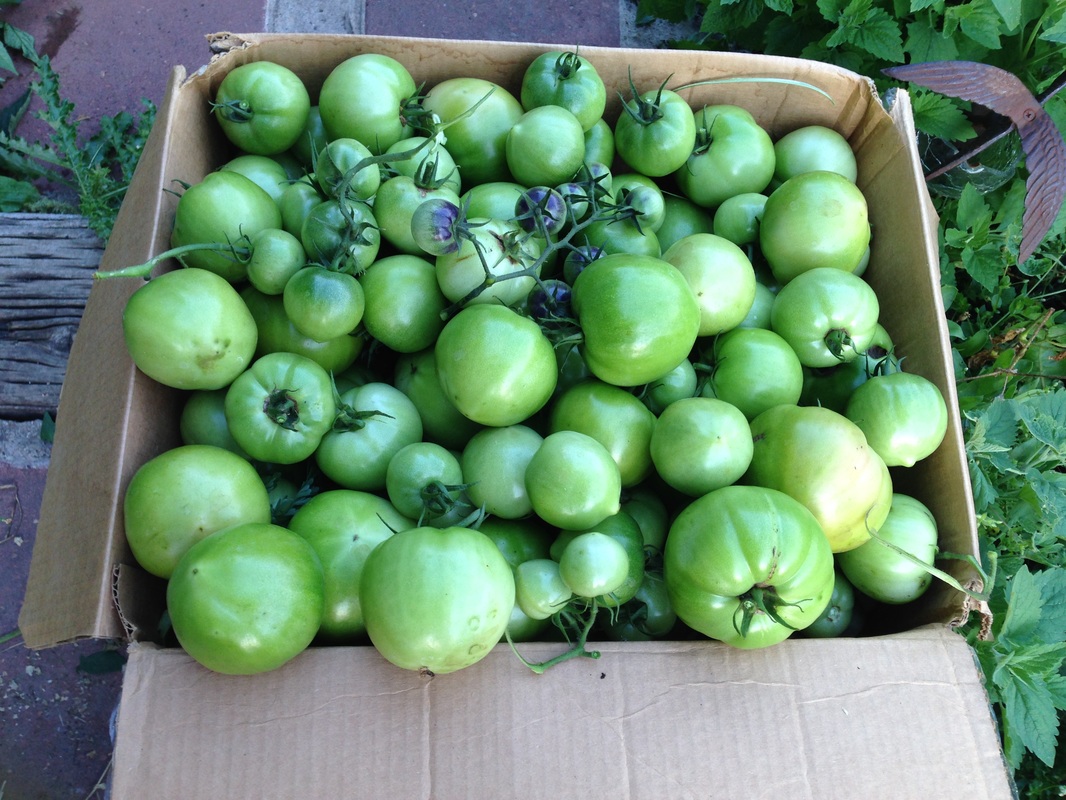
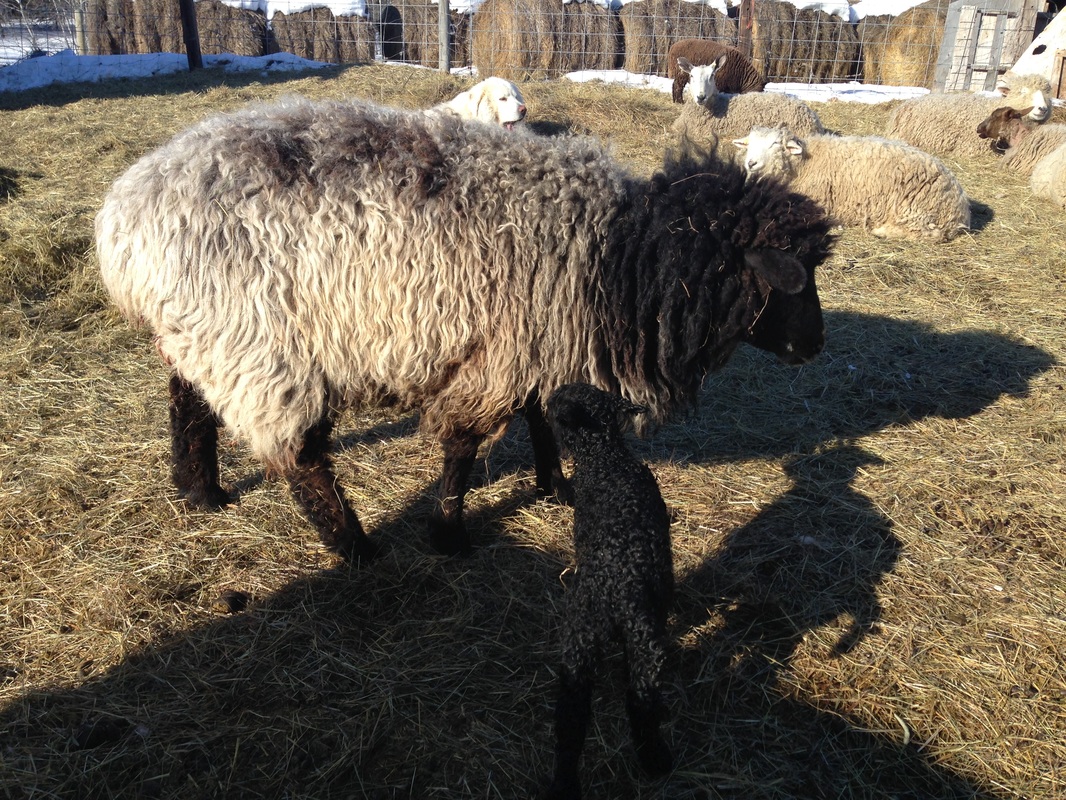
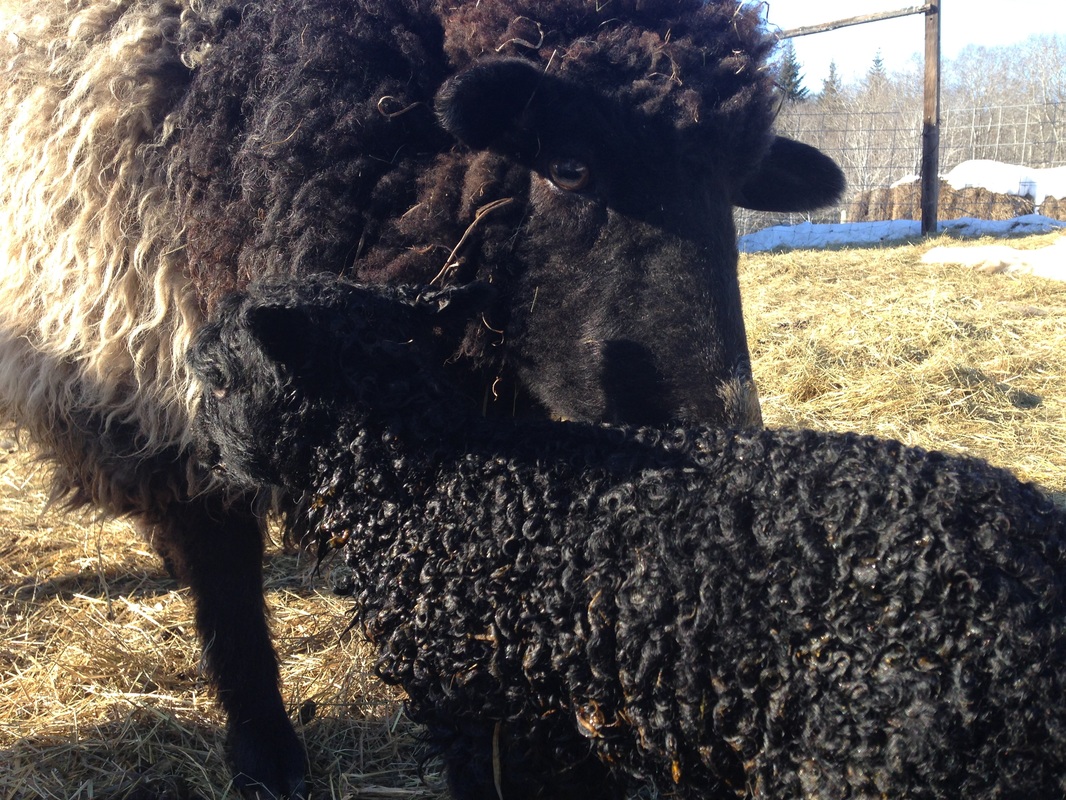
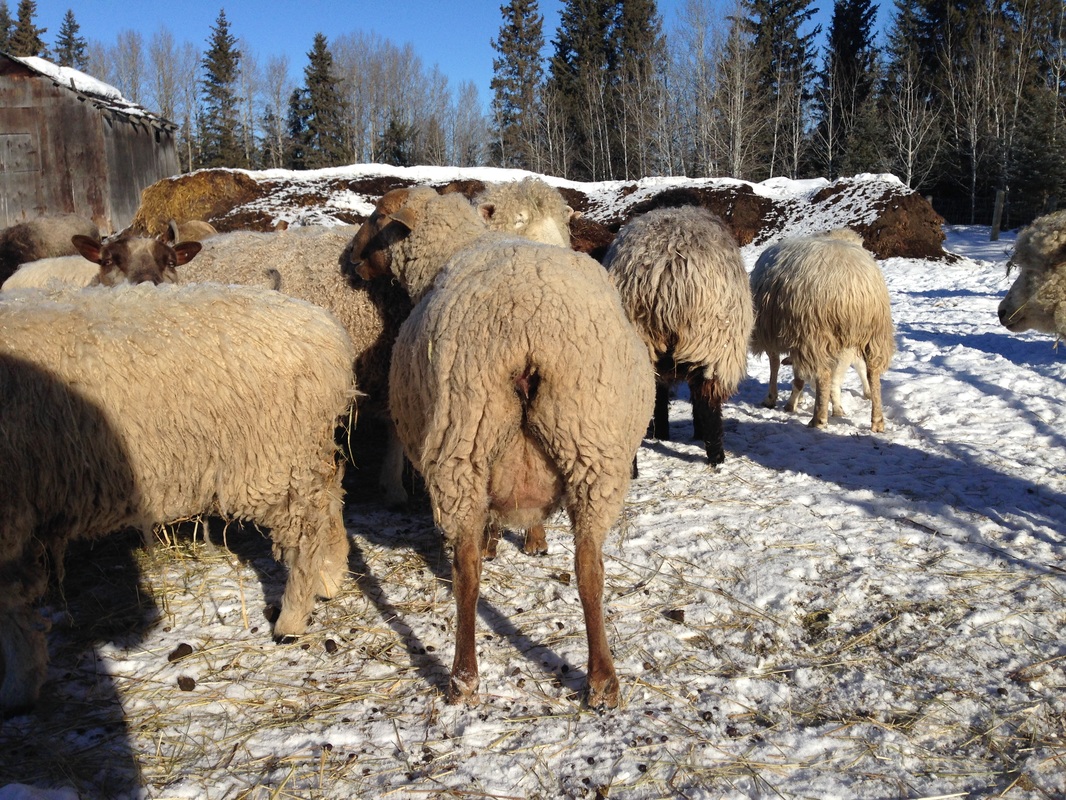
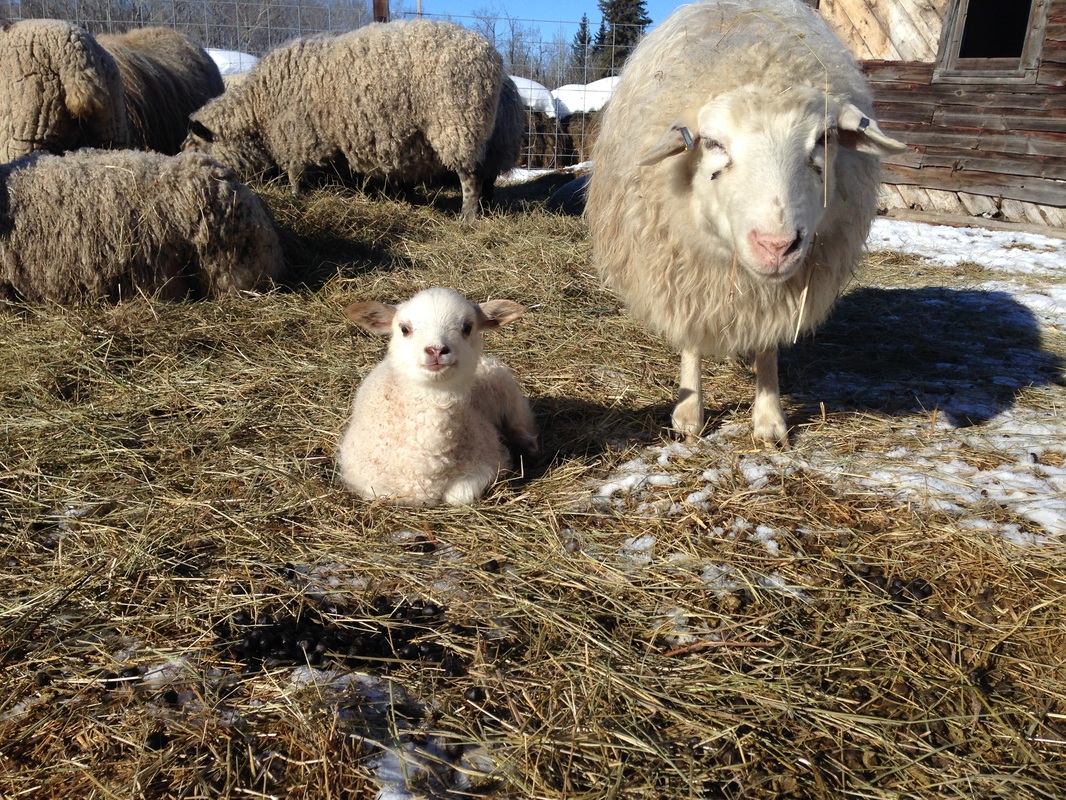
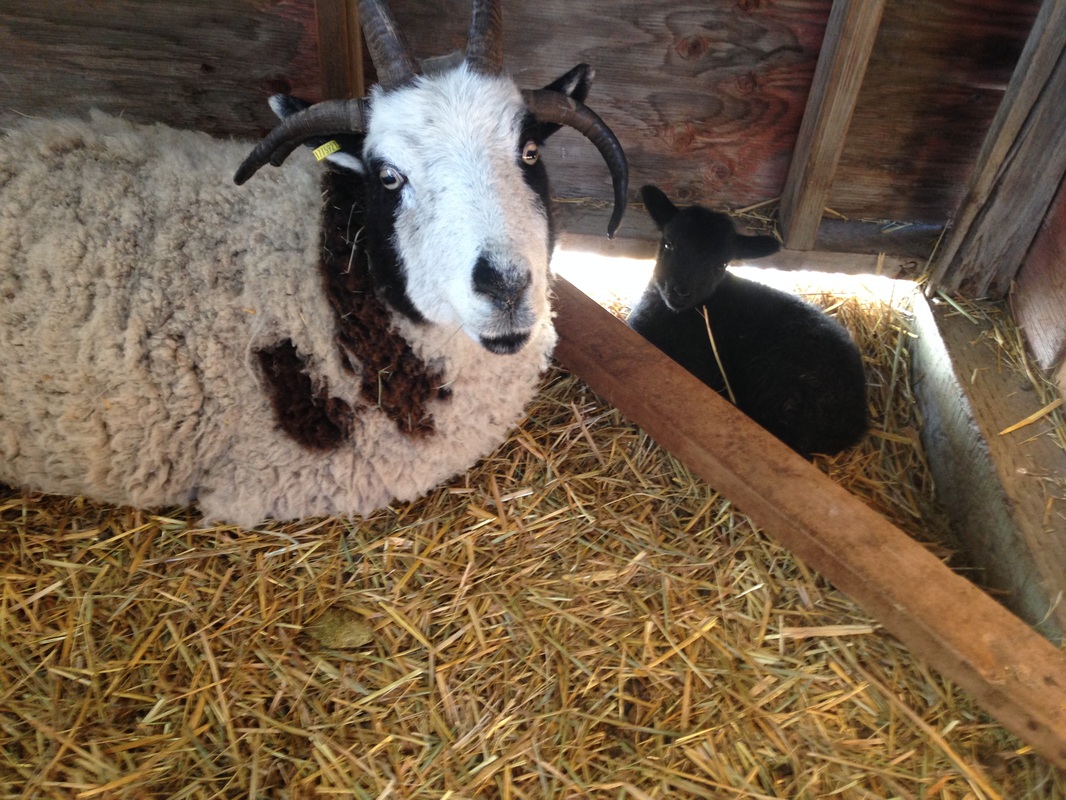
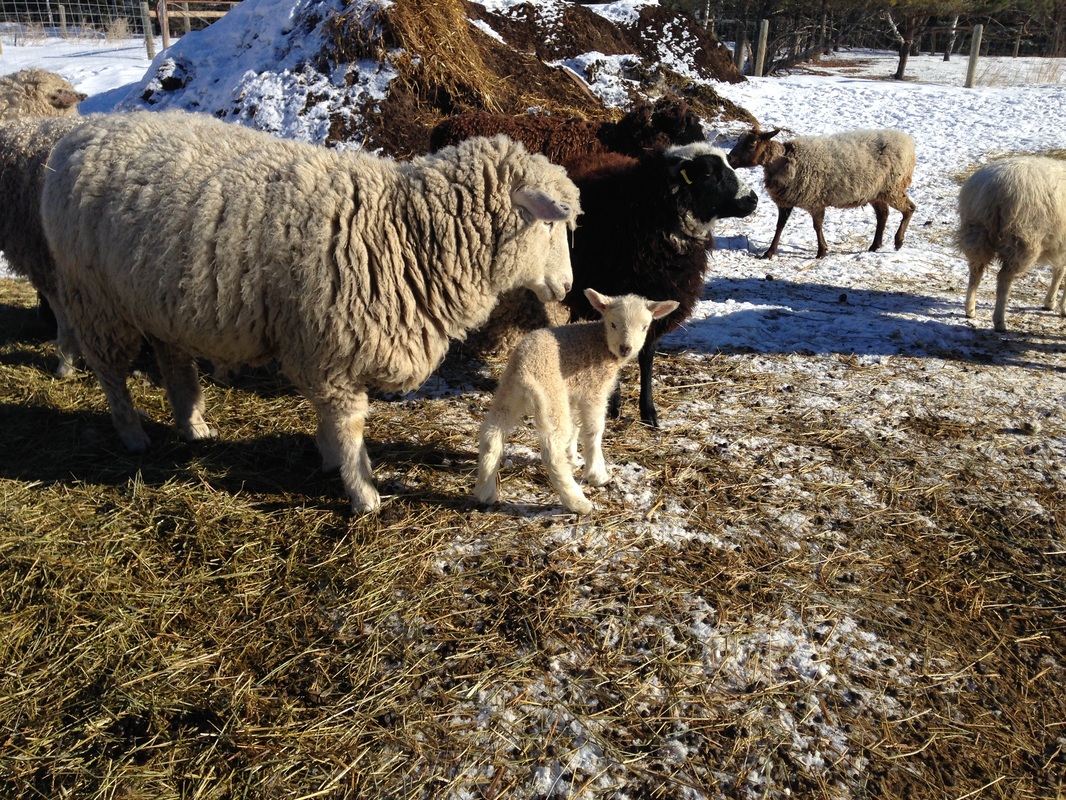
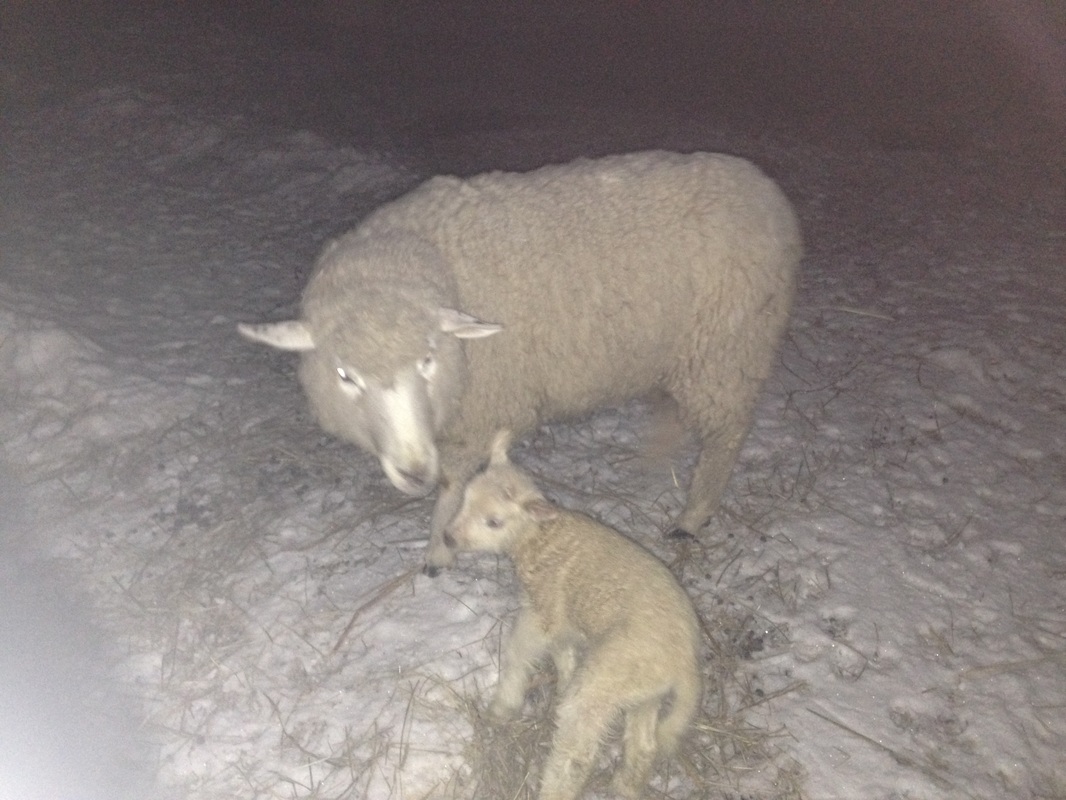
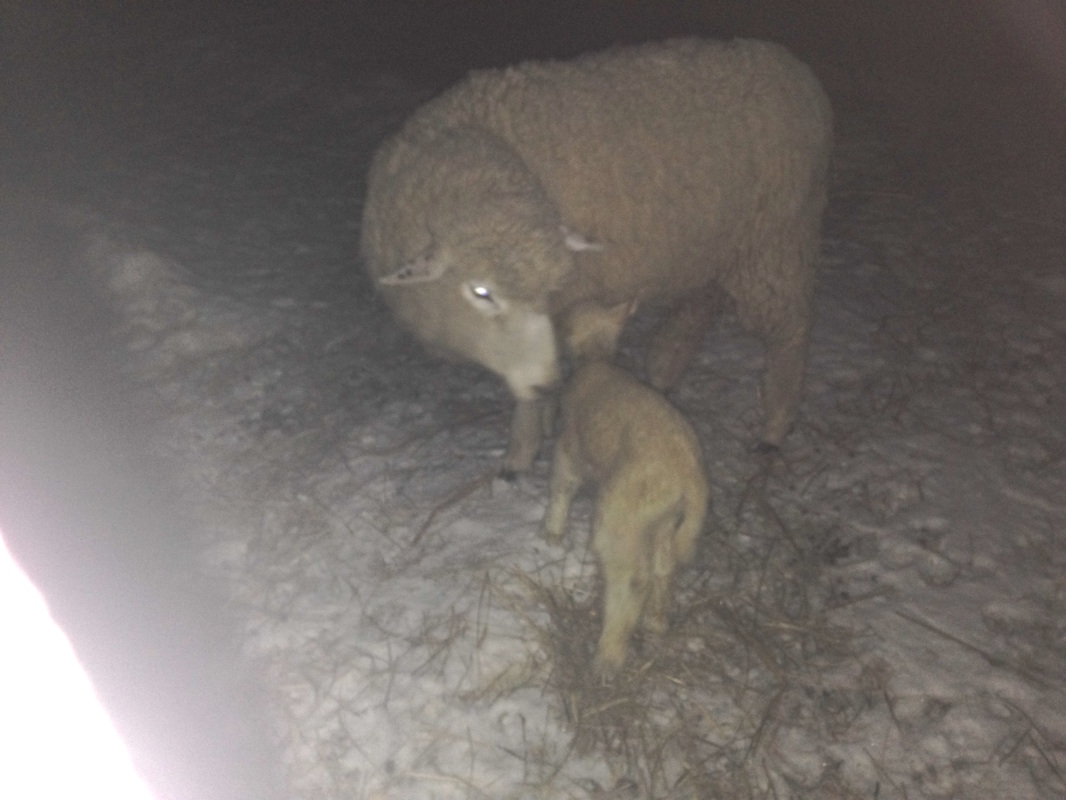
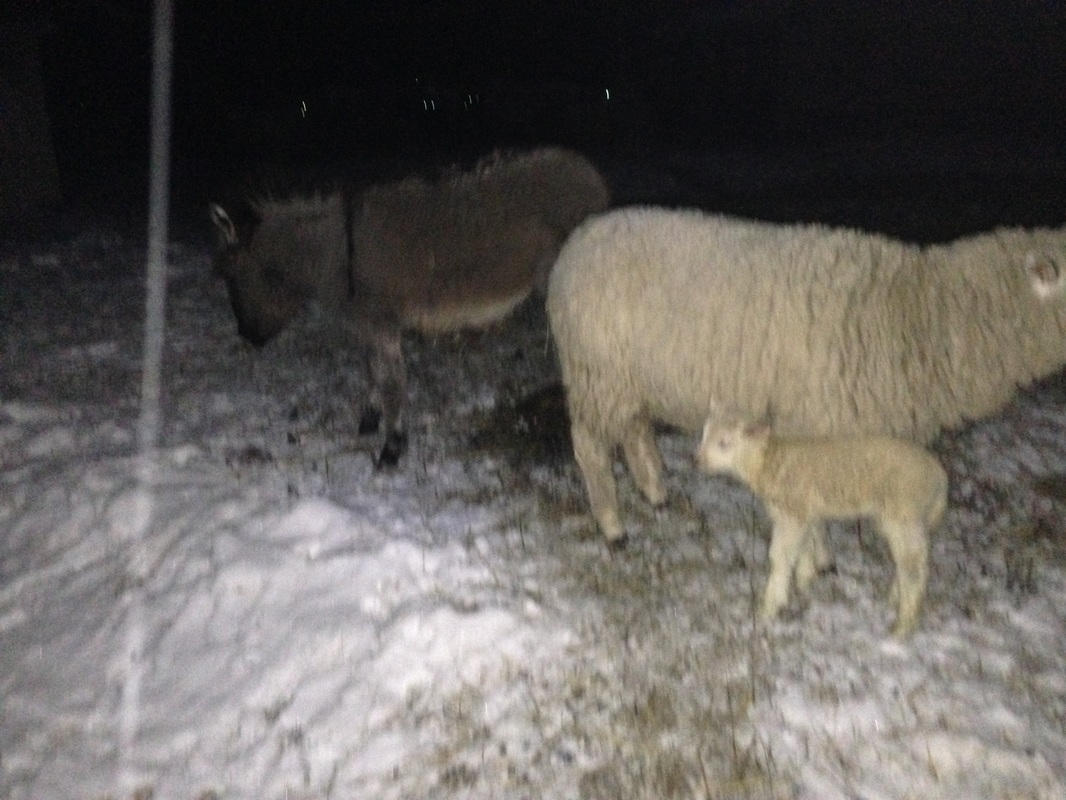
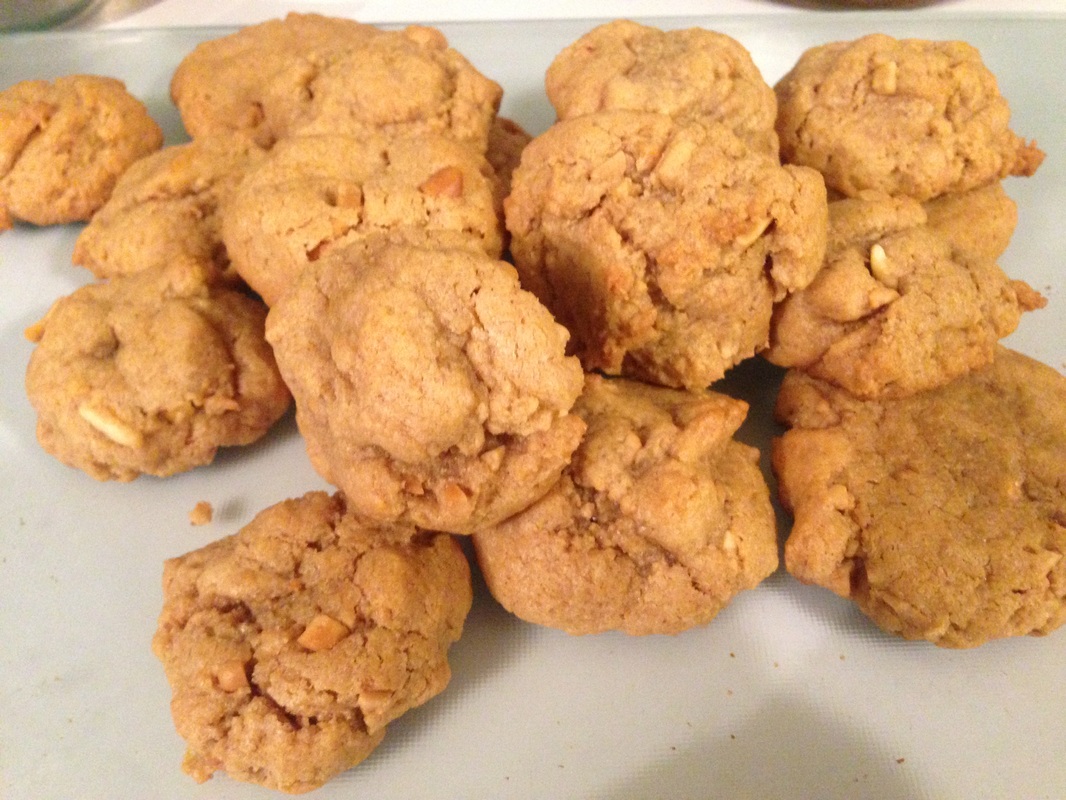
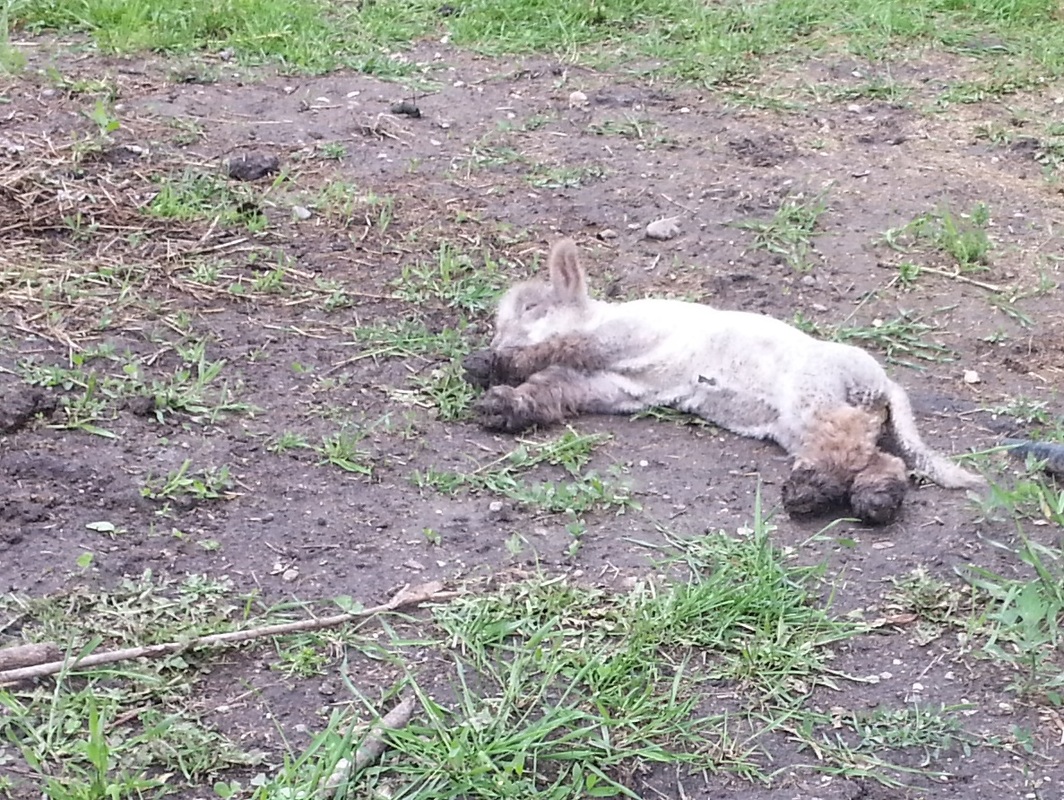
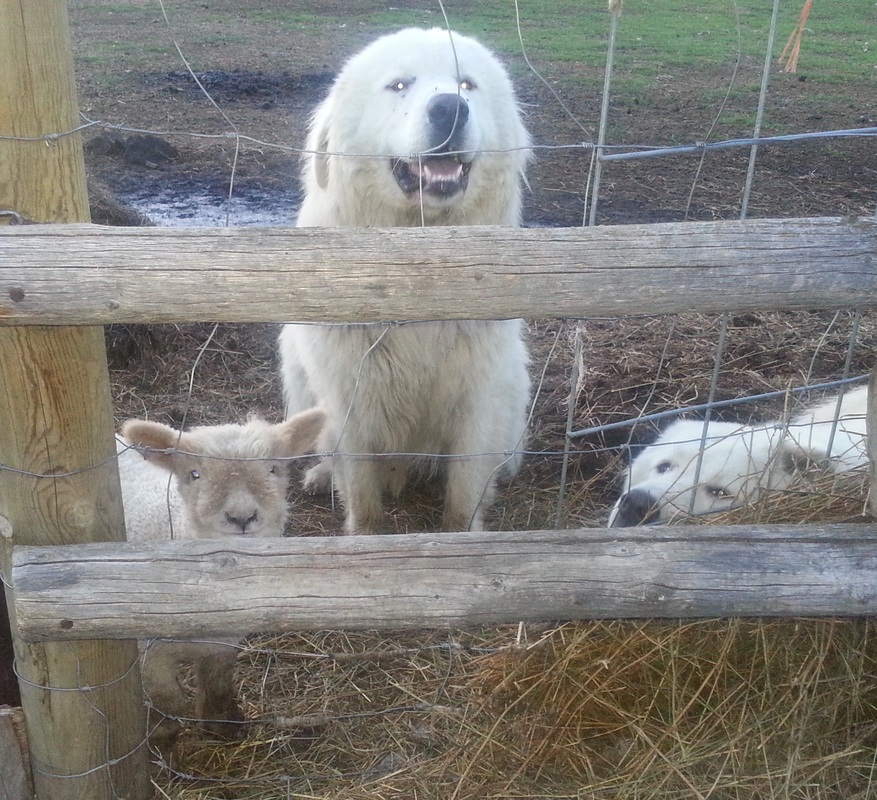
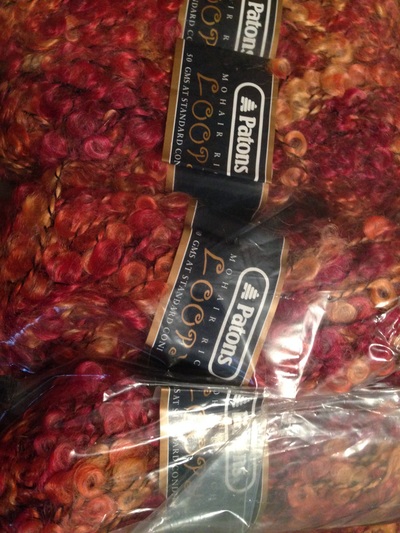
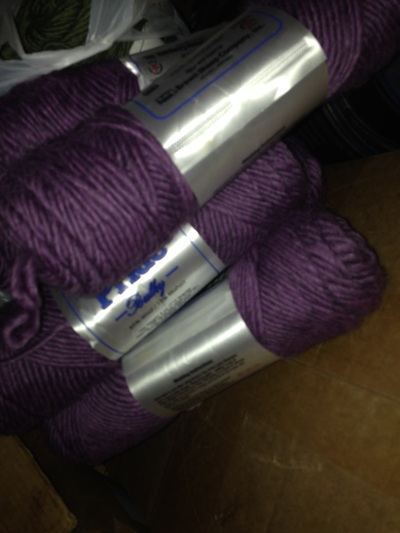
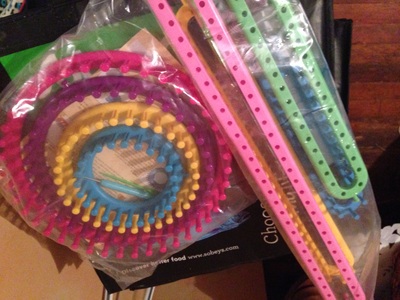
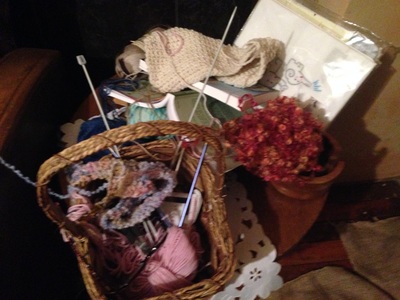
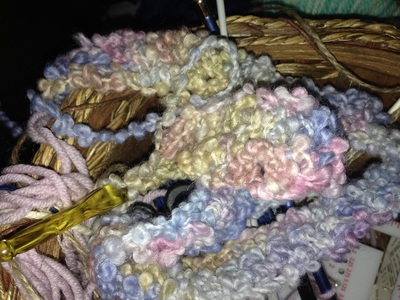
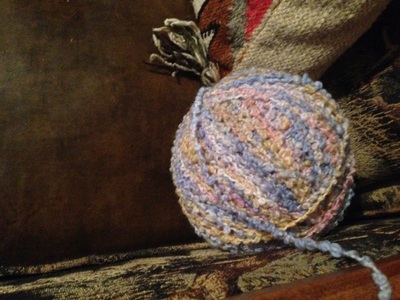
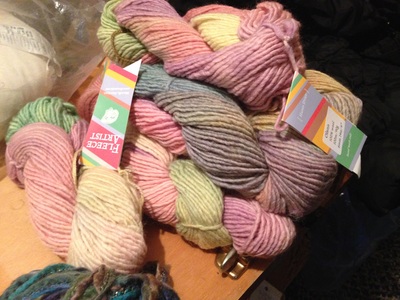
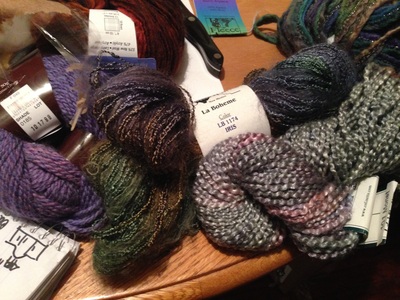
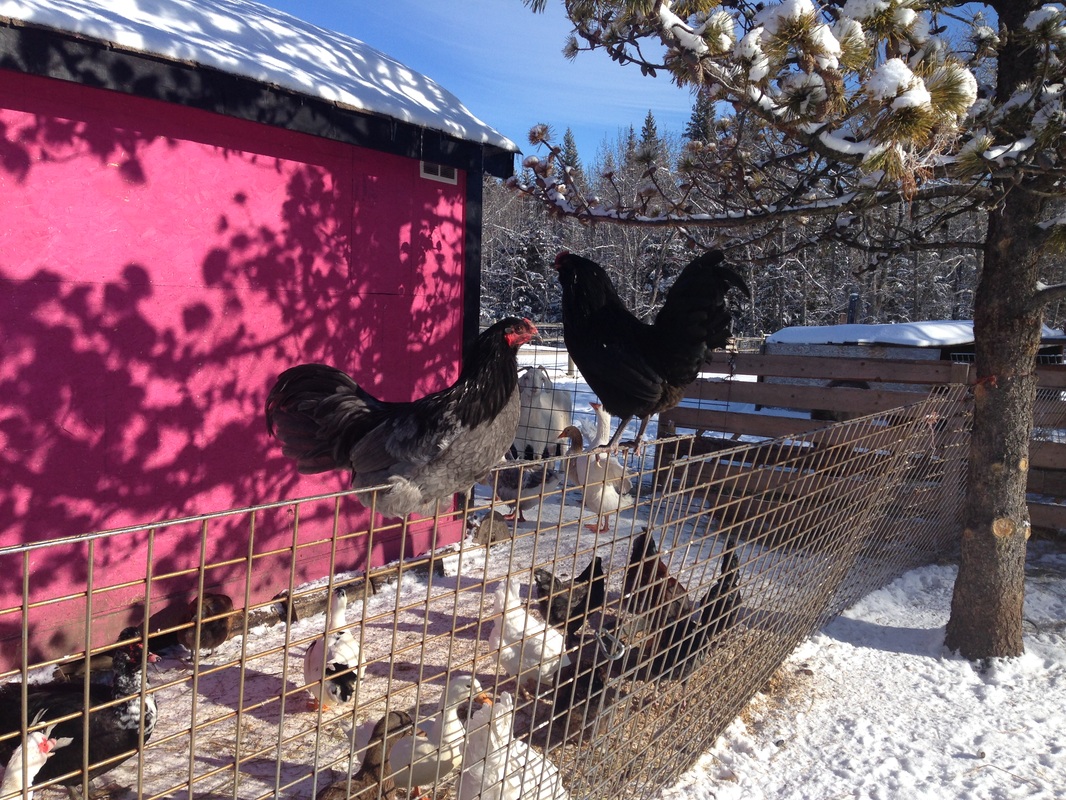
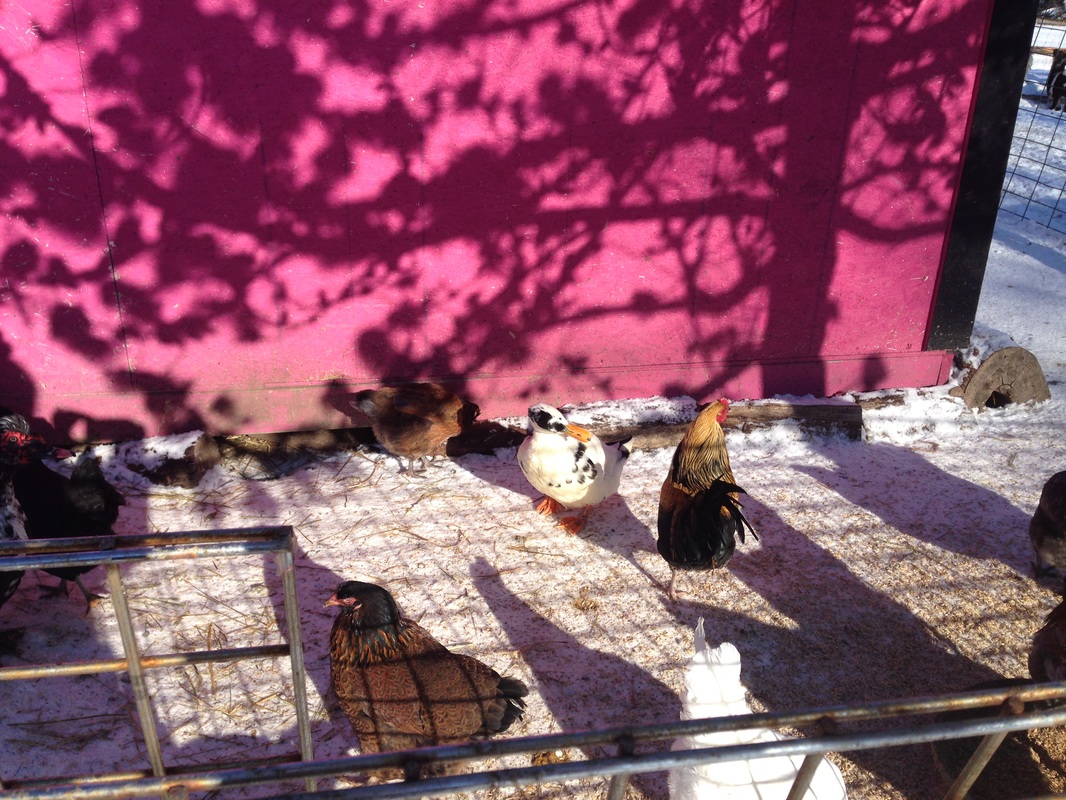
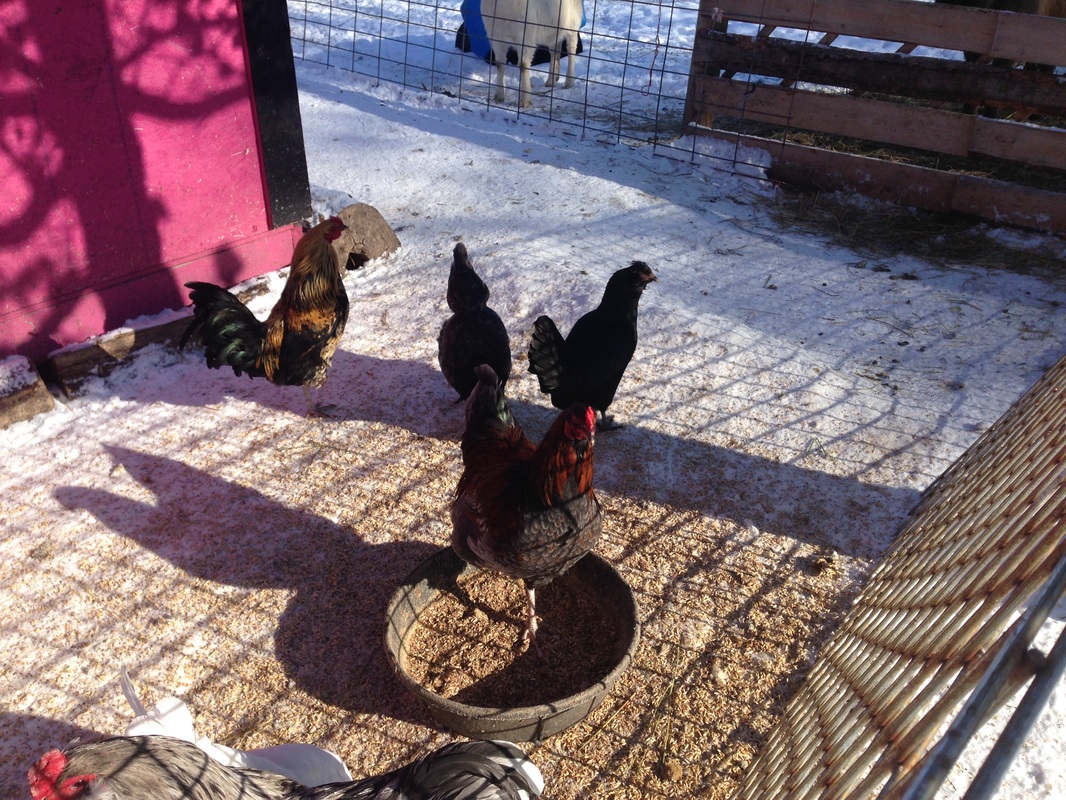

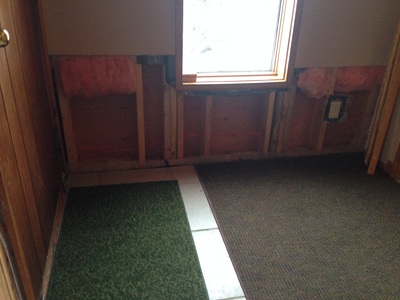

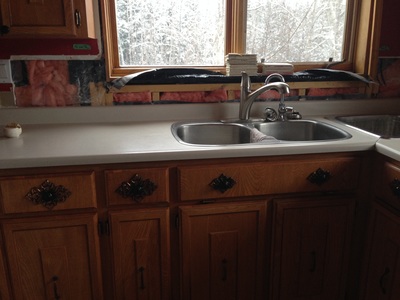
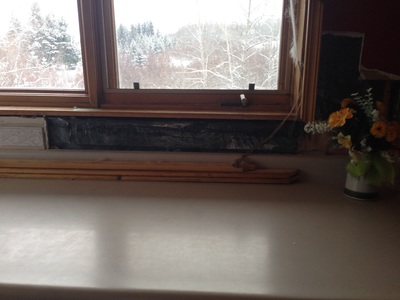









 RSS Feed
RSS Feed